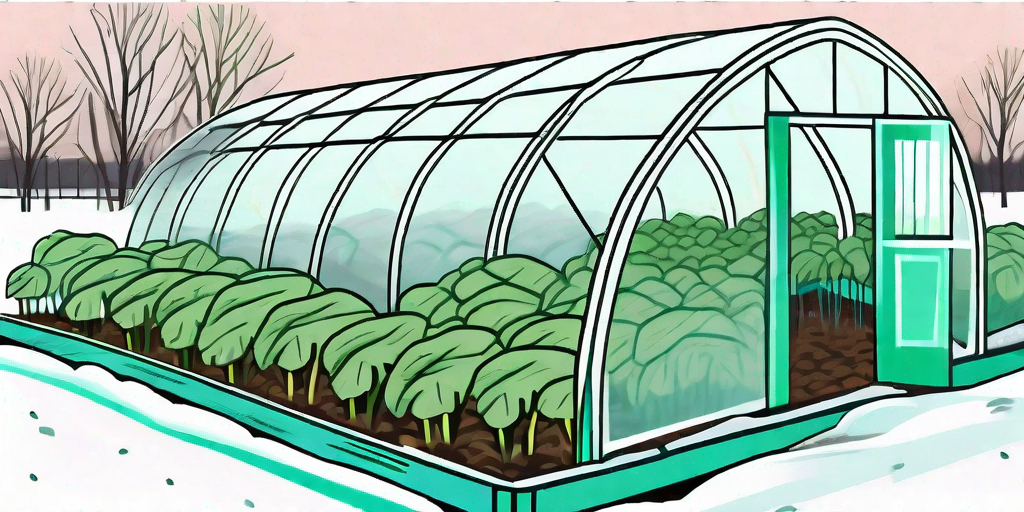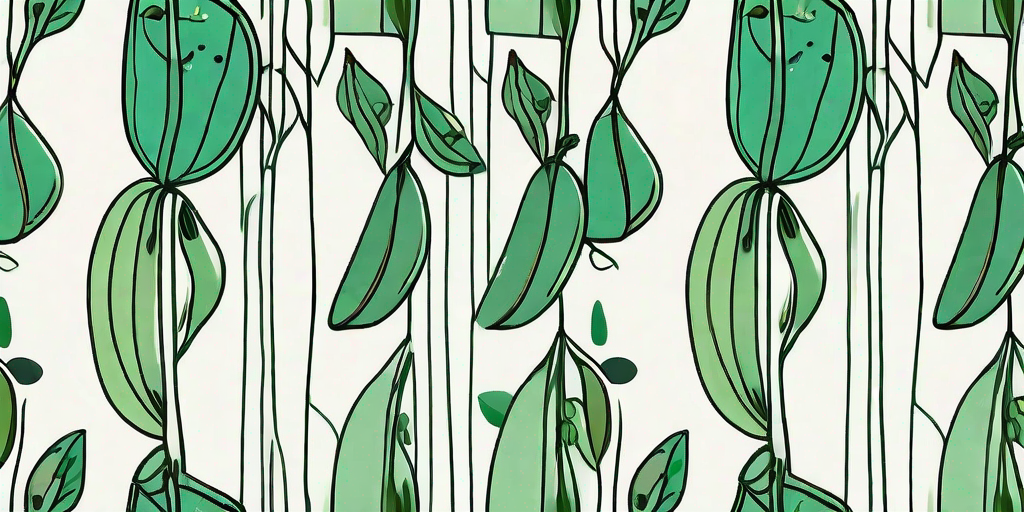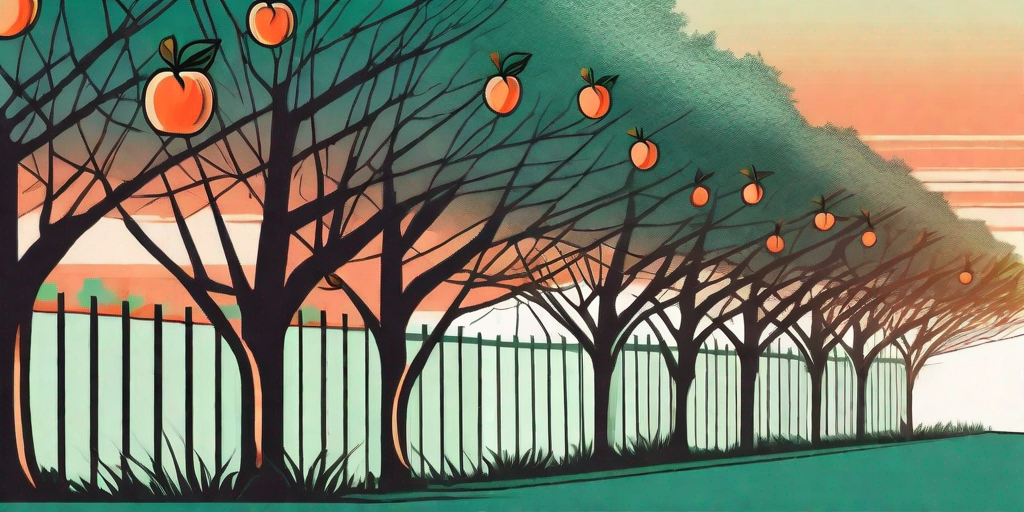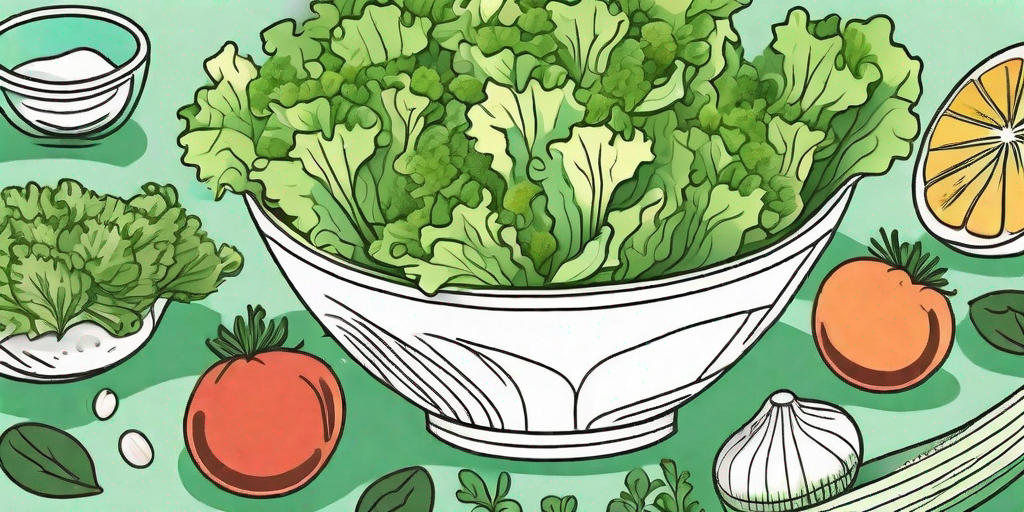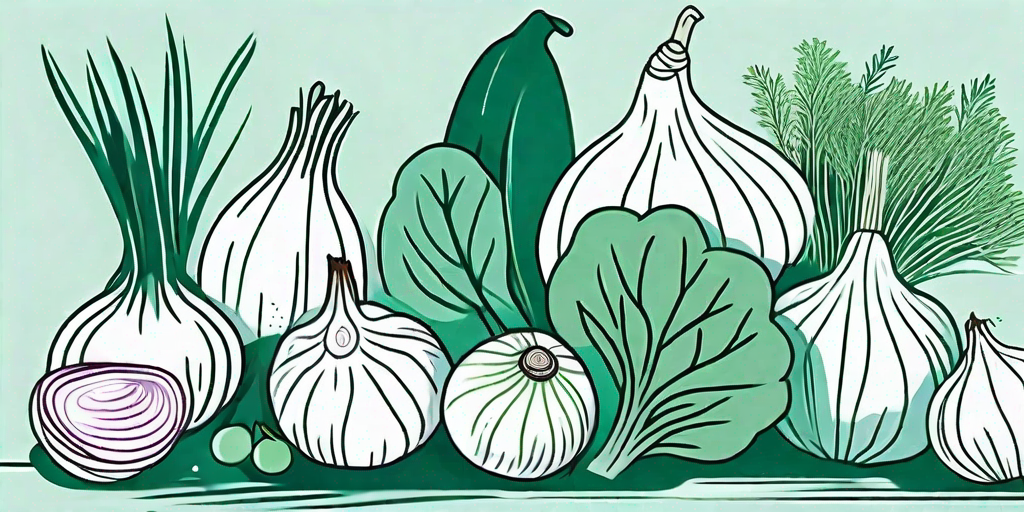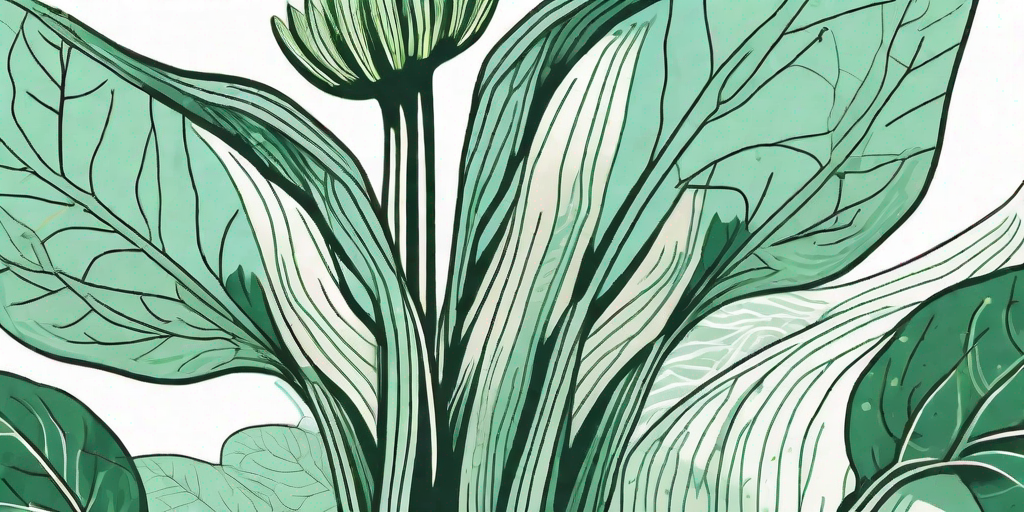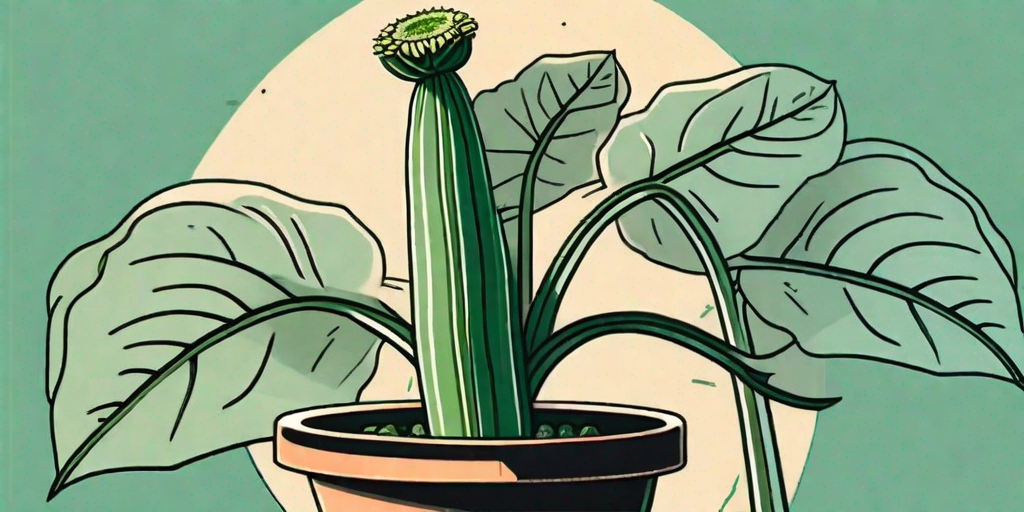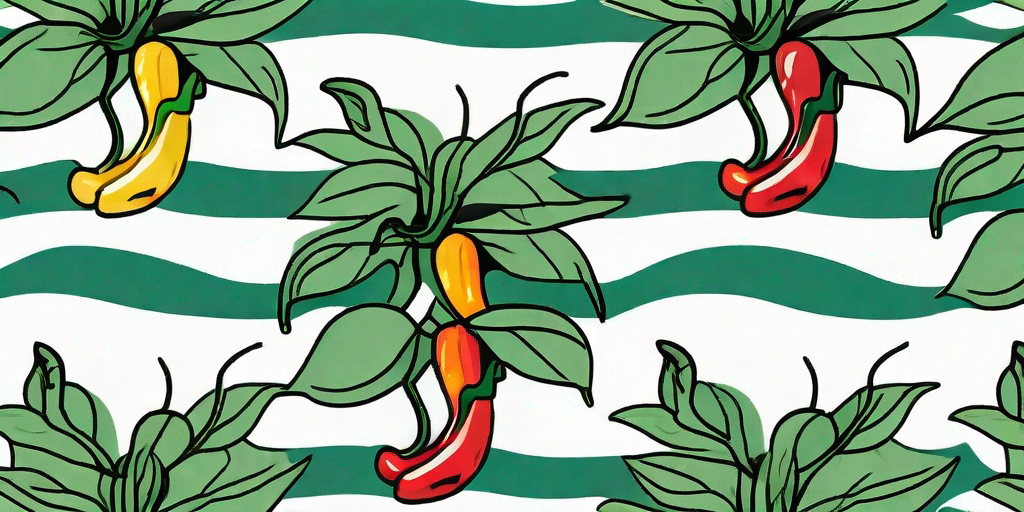
As the chill of winter begins to creep in, you might be wondering how your beloved rhubarb plant is going to survive. Fear not, dear reader, for we have compiled a comprehensive guide to keep your rhubarb thriving through the cold. So, grab a cup of hot cocoa, put on your coziest socks, and let's dive into the world of winter rhubarb care.
Understanding Rhubarb's Winter Needs
The Dormancy Period
First things first, let's talk about dormancy. Rhubarb plants, much like bears, enjoy a good long sleep during the winter months. This period of rest is crucial for the plant's growth and development. So, if your rhubarb looks a bit lifeless come winter, don't panic. It's not dead, it's just catching some z's.
During this time, the plant focuses its energy on the roots, strengthening and preparing for the next growing season. It's like a plant version of hibernation. So, let your rhubarb snooze away. It'll thank you come spring.
Temperature Tolerance
Now, you might be thinking, "But what about the cold? Won't it freeze?" Well, rhubarb is a pretty hardy plant and can tolerate temperatures as low as -20 degrees Fahrenheit. It's like the plant version of a polar bear. However, prolonged exposure to such low temperatures can damage the plant. So, it's best to give it some protection.
Also, remember that while the plant itself can handle the cold, the roots are a different story. They are more susceptible to freezing, which can be fatal. So, it's essential to protect the roots from freezing temperatures.
Protecting Your Rhubarb
Mulching
Mulching is like giving your rhubarb a cozy blanket to snuggle under during the cold winter months. It helps to insulate the soil, protecting the roots from freezing temperatures. Plus, it adds organic matter to the soil, improving its fertility and structure.
Use organic mulch like straw, leaves, or compost. Spread a thick layer (about 4-6 inches) around the base of the plant, covering the entire root area. Just be sure not to pile it up against the plant's crown as this can cause rot.
Winter Watering
While rhubarb is dormant during the winter, it still needs some water. However, it's a delicate balance. Too much water can lead to root rot, while too little can cause the plant to dry out. The key is to keep the soil slightly moist, not waterlogged.
Check the soil regularly and water as needed. If the top inch of soil is dry, it's time to water. But remember, it's better to underwater than overwater during the winter.
FAQs
- Should I prune my rhubarb in the winter?
- No, pruning is not necessary. In fact, it's best to leave the plant alone during its dormancy period.
- Can rhubarb survive in snow?
- Yes, rhubarb can survive in snow. In fact, a layer of snow can act as a natural insulator, protecting the plant from freezing temperatures.
- When should I start preparing my rhubarb for winter?
- Start preparing your rhubarb for winter in the late fall, before the first frost.
Winter Rhubarb Care Checklist
- Understand your rhubarb's winter needs.
- Protect the roots from freezing temperatures.
- Mulch around the base of the plant.
- Monitor soil moisture and water as needed.
With these tips and tricks, your rhubarb will be ready to face the winter head-on. So, sit back, relax, and let your rhubarb enjoy its winter slumber. Come spring, it'll be ready to grow and thrive once again.



